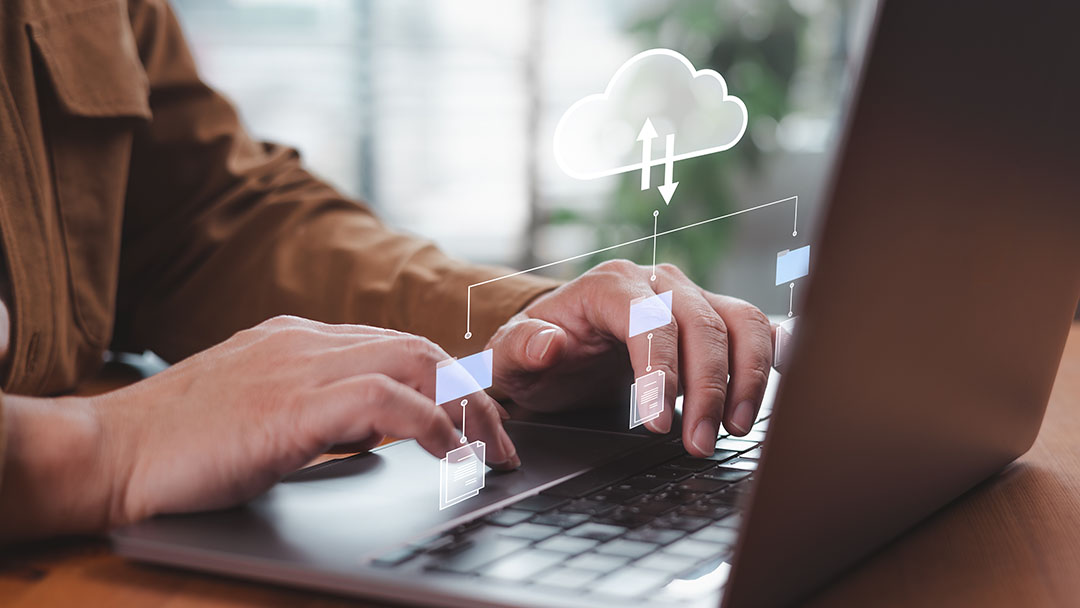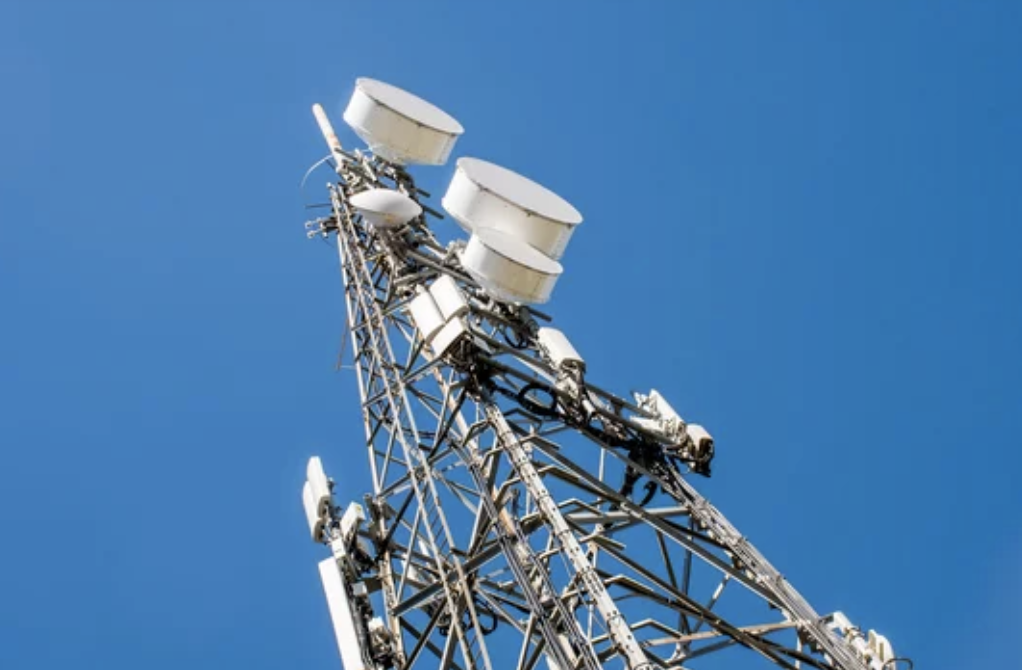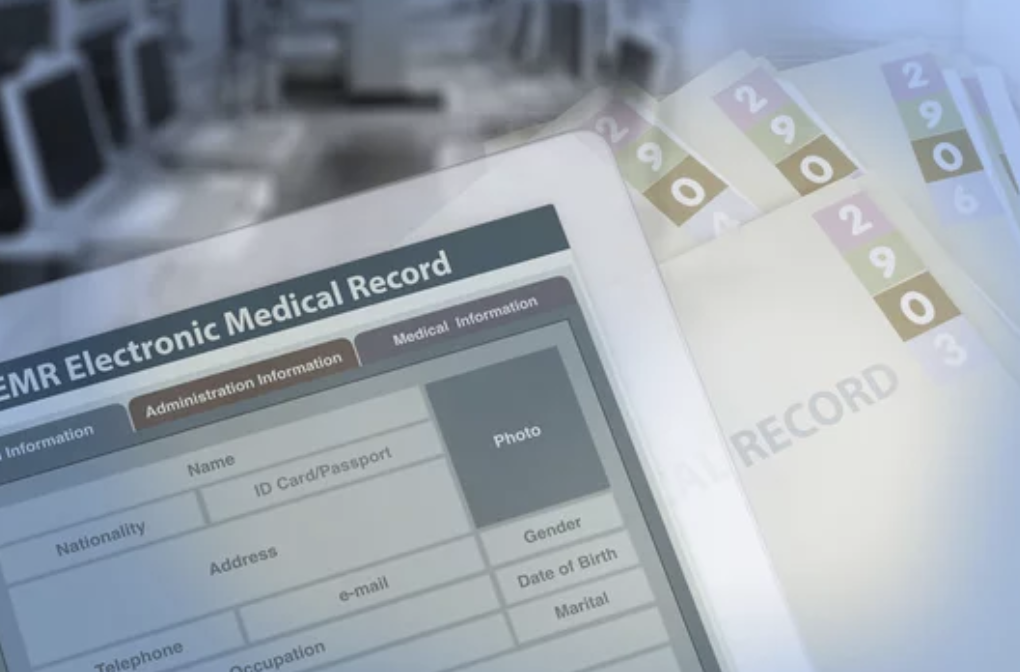Facing the challenges of remote work requires a proactive approach to cybersecurity measures to ensure the protection of sensitive data and networks. Remote workers accessing corporate networks introduce security challenges and potential risks that demand stringent security protocols.
The increased use of endpoint devices and networking connections amplifies the complexity in securing IT systems, posing a strain on already stretched-thin security teams. With limited oversight of data use, there’s a heightened risk of data breaches, leaks, and unauthorized access to sensitive information.
Implementing tools to prevent the downloading of sensitive data and monitoring remote employees’ activities are crucial steps in mitigating these potential threats. By addressing these security challenges head-on and establishing robust security protocols, organizations can better safeguard their networks and data from the evolving cybersecurity landscape presented by remote work environments.
Cybersecurity Threats
Cybersecurity threats pose significant risks to remote work environments, requiring vigilant measures to protect against potential breaches and attacks. Here are three crucial points to consider:
- Increased Vulnerability of Remote Employees: With remote work, employees may be more susceptible to phishing attacks and social engineering tactics, potentially leading to security breaches. It’s essential to educate remote workers on recognizing and avoiding such threats to safeguard corporate data.
- Heightened Risk of Security Breaches: The dispersed nature of remote work setups can create additional cybersecurity risks, increasing the likelihood of a security breach. Implementing robust security policies and regularly updating them can help mitigate these risks and enhance overall cybersecurity posture.
- Importance of Monitoring and Enforcing Security Policies: Ensuring that security policies aren’t only in place but also actively monitored and enforced is crucial in maintaining a secure remote work environment. Regular audits and compliance checks can help identify and address any gaps in security measures, reducing the potential for security incidents.
Technology Vulnerabilities
Remote work environments create increased vulnerability for employees, addressing technology vulnerabilities is critical to ensuring the security of IT systems.
Remote access poses risks of unauthorized access to corporate networks, highlighting the importance of secure remote access protocols and VPNs. Vulnerable technologies lacking proper security measures are at risk of exploitation by cyber threats, necessitating robust cybersecurity defenses.
Security teams must be vigilant in safeguarding against potential security incidents. Implementing secure authentication methods and monitoring remote connections effectively is best practice. Cyber threats constantly evolve, making it crucial for organizations to stay proactive in mitigating technology vulnerabilities.
Data Breach Risks
Implement basic security controls to mitigate the heightened risk of data breaches in remote work environments. Here are three essential measures to protect your remote team from potential security risks:
- Enable Multi-Factor Authentication (MFA): Secure access to corporate systems by requiring multiple authentication factors, adding an extra layer of protection against unauthorized access.
- Establish Secure Access Protocols: Ensure all remote team members use secure access methods such as VPNs or secure channels to connect to company resources, safeguarding sensitive data from security threats.
- Regularly Educate Your Team: Provide ongoing training on data security best practices to remote workers, empowering them to recognize and respond to potential security risks effectively.
Remote Access Risks
Secure your company’s network by addressing the remote access risks posed by unauthorized entry points and insecure connections. When employees use personal devices to connect to private networks or public Wi-Fi networks, they inadvertently expose your company to cybersecurity threats.
Without proper security procedures in place, these connections become potential vulnerabilities for cyber attackers to exploit. It’s crucial to implement secure VPNs and authentication methods to mitigate the risk of unauthorized access to corporate networks.
Monitoring remote access and enforcing strict security protocols are essential to safeguarding your network from potential intrusions. By prioritizing network security. Educating employees on the risks associated with remote access, you can proactively protect your company’s data and systems from cyber threats.
Network Security Concerns
After addressing the remote access risks posed by unauthorized entry points and insecure connections, the focus shifts to the network security concerns that arise from the vulnerabilities of unsecured and shared networks in remote work environments.
- Expanded Attack Surface: With the increase in remote work, unsecured networks expand the potential attack surface for cyber threats, making it crucial to implement robust access controls.
- Detection of Suspicious Activities: Monitoring for suspicious activities on unsecured networks becomes challenging, emphasizing the need for vigilant network monitoring tools and practices.
- Mitigating Potential Threats: Proactive measures must be taken to mitigate potential threats that may exploit vulnerabilities in shared networks, requiring a comprehensive approach to network security and access controls.
Collaboration Platform Risks
Utilizing online collaboration platforms poses inherent risks in compromising sensitive information and facilitating cybercriminal activities.
To mitigate these risks, ensure that robust security measures are in place on all collaboration platforms. Regularly update security patches and antivirus software to protect against potential vulnerabilities. Be cautious of using outdated software that may be more susceptible to cyber threats.
Collaborate closely with cybersecurity teams to stay informed about the latest security protocols and best practices. Monitor the platforms for any suspicious activities that could indicate a breach in security.
Cybersecurity Best Practices
To enhance your organization’s cybersecurity posture, prioritize implementing basic security controls and strengthening your corporate data security and protection program. Here are three essential cybersecurity best practices to safeguard your sensitive company data effectively:
- Establish Robust Cybersecurity Measures: Implementing robust cybersecurity measures provides an extra layer of defense against potential cyber threats. Regularly updating your security protocols and systems ensures that your organization maintains a high level of security at all times.
- Ensure Regular Updates: Keeping your security systems in check with regular updates is crucial for maintaining a strong cybersecurity posture. These updates help patch vulnerabilities and protect your systems from evolving cyber threats.
- Enhance the Level of Security: Continuously strive to enhance the level of security within your organization by investing in advanced security technologies and practices. This proactive approach can help prevent cyber attacks and safeguard your company’s valuable assets effectively.
Frequently Asked Questions
1.How Can Companies Ensure the Security of Their Employees’ Personal Devices Used for Remote Work?
Ensure security by educating employees on device security measures. Encourage password protection, limited access to work devices, and regular backups on centralized storage. Emphasize the importance of privacy features like webcam covers and secure storage practices.
2.What Are the Potential Risks Associated With Employees Using Public Wi-Fi Networks for Remote Work?
When using public Wi-Fi for remote work, be cautious. Risks include unauthorized access, lack of secure protocols, and network intrusions. Securely connect with VPNs and strong authentication. Protect your data and systems.
3.How Can Organizations Effectively Monitor and Detect Insider Threats in a Remote Work Environment?
To monitor and detect threats in a remote work environment, you should implement user behavior analytics tools, monitor employee’s, and to report any suspicious activities.
4.What Measures Can Be Taken to Secure Sensitive Data Shared Through Online Collaboration Platforms?
To secure sensitive data shared through online collaboration platforms, use secure channels, implement encryption, and enable multi-factor authentication. Educate users on safe practices, monitor platform activity, and regularly update security measures to protect corporate information effectively.
Secure your remote workers with WheelHouse IT
With the upsurge in cyber security threats looming at every corner. It is important to secure your remote staff with the proper parameters for maximum security.
At WheelHouse IT we will make sure that your remote staff are properly set up for their task. Making sure that they won’t be worrying about cyber threats tampering with their work performance or stealing their sensitive data.
With our teams centered around security, our twenty-four-hour maintenance, and training on security awareness, WheelHouse IT will make sure you’re safe and secure, contact us to find out more.











